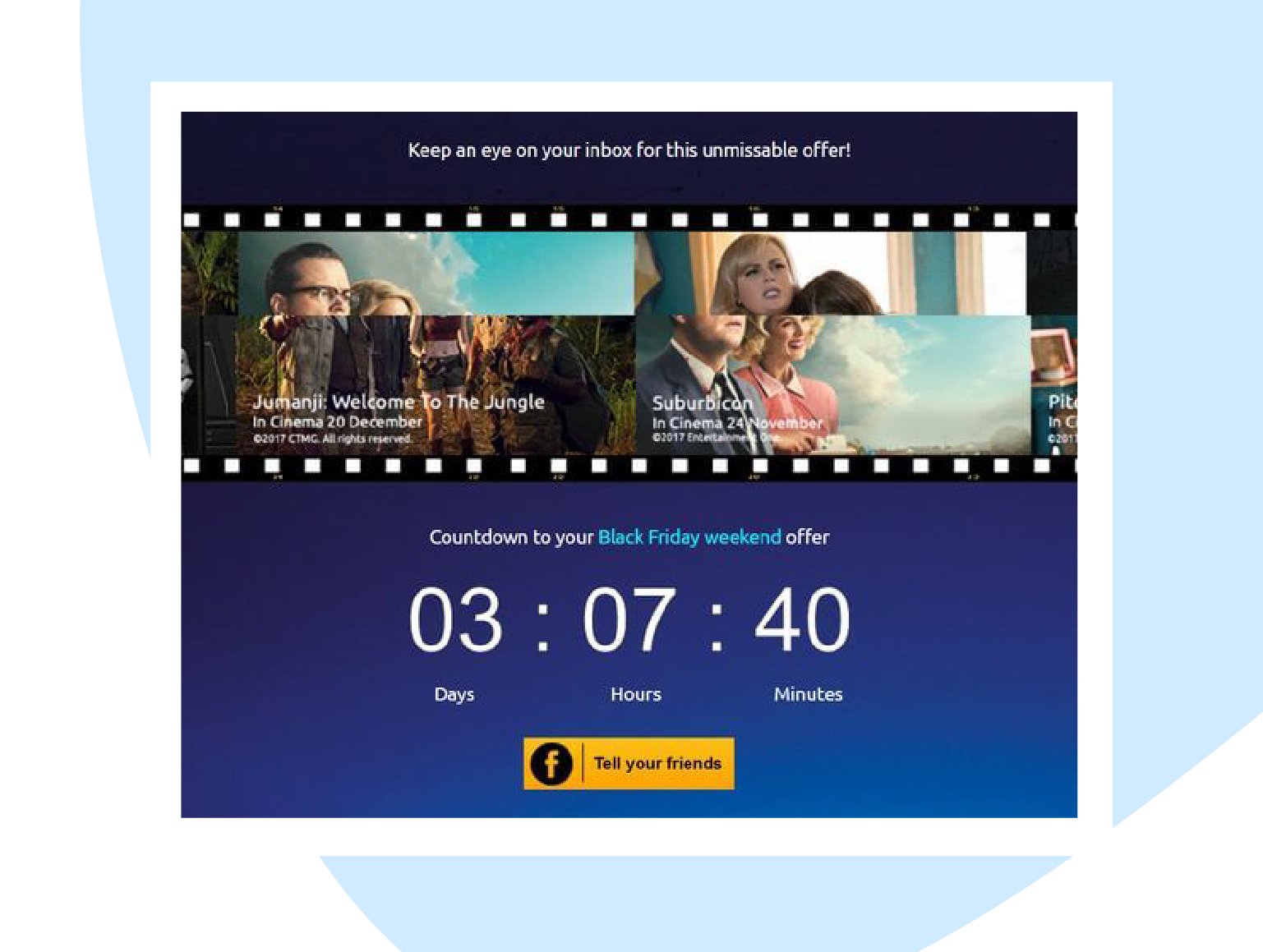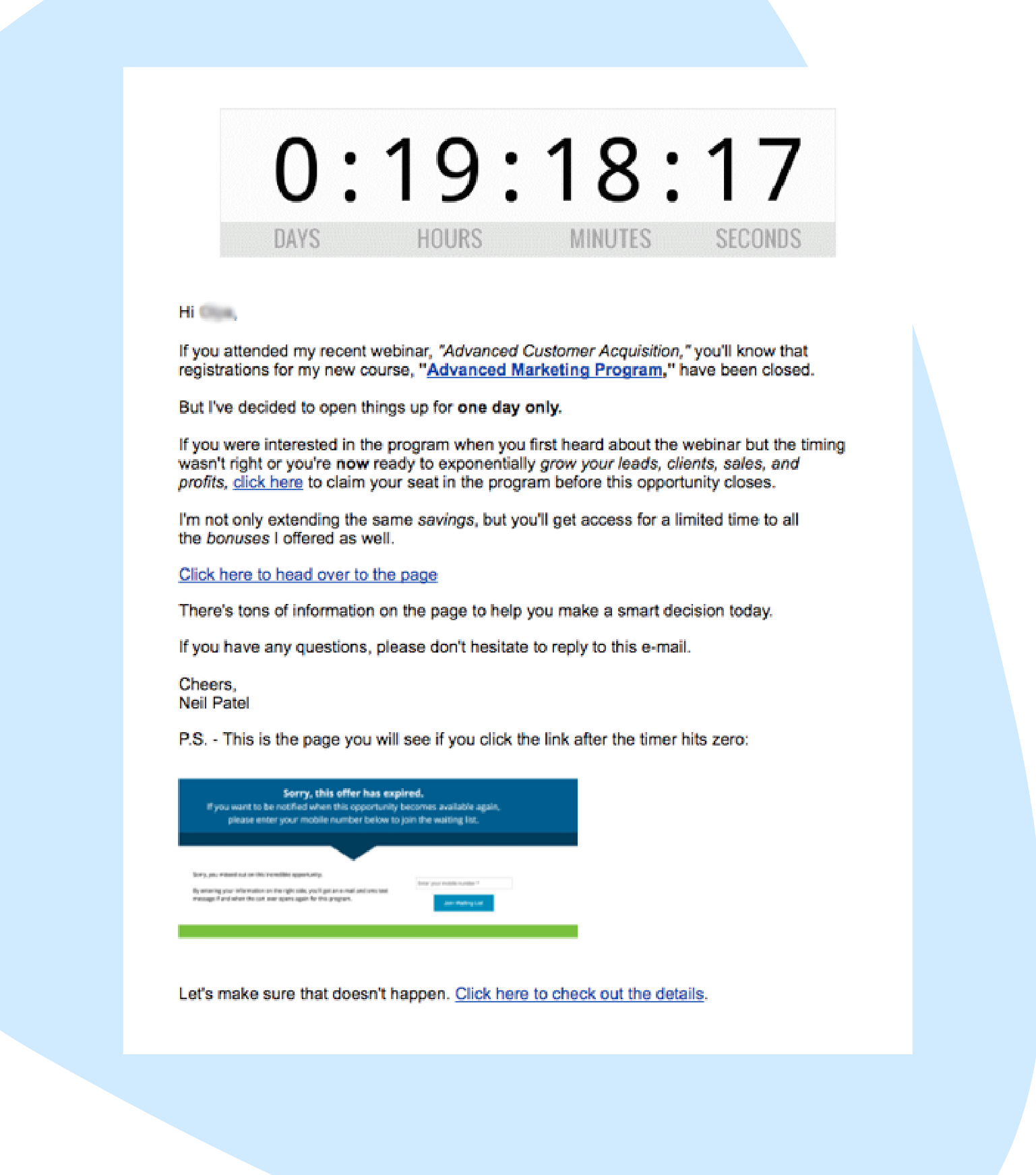Here’s the thing: marketing or selling a B2B SaaS product is a complex task.

Converting the Unconverted
How to Turn Anonymous Website Visitors into Sales Opportunities
Most SaaS markets are crowded, and there are multiple solutions competing for the same audience. That means that your target audience likely suffers from decision fatigue, and finding a way to stand out from the crowd and draw attention is becoming increasingly difficult.
Therefore, being able to convert the people that do end up taking an interest in your product is essential if you’re going to ensure sustainable growth and offset the effects of churn.
But how?
Well, no matter how effective your current process, there’s always room for improvement - you need to implement the newest strategies and adapt to the changing habits of your audience if you want to ensure that you’re closing a satisfactory percentage of your prospects.
So, if you’re ready to learn everything you need to know about how to turn prospects into loyal customers 2019, read on below and let us share valuable insights that you can start using as soon as today.
How to find prospects for your business in 2021
Prospecting is the process of identifying and finding potential customers who could be interested in your products or services.

Prospecting is the process of identifying and finding potential customers who could be interested in your products or services.
The underlying goal of prospecting is to find people who might need what you have to offer and then map out a plan for systematically communicating with them until they convert and become customers.
In order to be qualified as a prospect, the person must show some sort of interest. This interest might be any action such as visiting your website, interacting with similar brands, making related purchases, or whatever else could be relevant in your industry.
Prospecting plays a vital role in the sales process because it allows to develop an effective pipeline for potential customers to go through and provides a consistent stream of new targets that you can work with.
Check out: The Definitive Guide to Sales Prospecting
And having an efficient pipeline is essential because making a sale in a competitive market is hard enough even when your funnel is well-optimized.
For instance, in the B2B markets, getting that one person on board is just the start of the process, as multiple decision makers are involved in any one B2B purchase.
In fact, an average of 5.4 people have to sign off on a B2B purchase.
This means that even after you’ve convinced your prospect that your company/product is a good fit, it doesn’t end there.
You’ll have to meet with their manager / boss / colleagues / finance team…
And jump through even more hoops before you close that sale.
Don’t feel discouraged, though. Yes, marketing and selling a B2B product is tough, but there are plenty of strategies and tactics you can employ in order to drive more sales.
In this article, we outline 11 tips that will teach you how to convert leads into clients.
As a bonus, we’ll also discuss how you can generate more prospects and leads for your company (without any manual searching!)
What is a prospect?
First things first… what, exactly, is a prospect? Also: what’s the difference between a prospect and a lead?
Prospect definition
A potential client or customer who has been identified as willing to purchase or to secure the goods and services of a company.
Simply put, prospects are leads whom you’ve qualified, and who are interested in your product/service.
Let’s start from the top of your marketing funnel.
Say you purchase a list of emails, or you’ve gotten a referral from one of your clients, or someone has downloaded your eBook and joined your mailing list.
This person fits the persona of your target customer, and you’d like to reach out to them.
At this point, this person’s a lead.

Now, there are various methods that you can use to get in touch with your lead(s).
You might add them into your autoresponder campaign, you might send them a message on LinkedIn, or you might email them.
Once you do get in touch, you’ll probably ask them a few qualifying questions in order to learn more about their needs.
If you find that they ARE a good fit, and they express interest in your company as well, then they become a prospect.
Pretty simple, right?
Best Way to Prospect
Before we delve into our tips on how to convert sales prospects to customers, let’s talk about the best way for you to prospect.
After all, plenty of marketers don’t just struggle with converting prospects into clients – they also find it tough to generate sufficient sales leads prospects for their companies.
Now, there are various methods that you can use here (for a detailed walkthrough, check out our article How To Generate Sales Leads In 2021: A Marketer’s Ultimate Guide and this one Website Lead Conversion Best Practices: 27 Things to Optimize).
But the simplest and most effective thing that you can do, BY far, is to start tracking your website visitors.

Think about it:
These folks actively conducted a Google search that brought them to your site (or they could’ve clicked on your PPC ad or a referring link somewhere).
This means that they MUST have some sort of purchase intent.
Sure, there might be some exceptions, such as people looking for potential employment or your competitor who’s keeping tabs on you.
But the vast majority of your site visitors are actually potential customers, and it’s a HUGE waste if you don’t convert them into leads and prospects.
That’s where Albacross comes in!
Simply put, Albacross is a lead generation tool that tells you who’s visiting your website, and how to reach them.
B2B marketers and sales reps from across the globe use Albacross, and you don’t need any coding skills or technical experience to use our tool.
Here’s how you start generating more leads and prospects with Albacross:
First, sign up for an account on Albacross. This takes just 30 seconds!
Next, paste the Albacross’ script on your website. Once you do this, Albacross will start tracking valuable data about your website visitors.
Finally, decide whether you want to receive daily, weekly, or monthly reports from Albacross. These reports will contain all the data about your website visitors, including their contact information.
If you’re a sales rep, simply hone in on the leads and prospects whom you think have the most potential, and reach out to them.
If you’re a marketer, log onto the Albacross’s dashboard, and you’ll get access to plenty of stats, including data on which website pages your leads are the most interested in.

Using this information, you can go on to fine-tune your campaigns, and ensure that you serve highly relevant content to your leads.
The best part?
Once you set up your Albacross account, it’ll work like clockwork. You’ll have fresh leads delivered to your inbox every single day, without any action on your part!
To learn more about Albacross, click on this link: Albacross – lead generation tool.
How to convert prospects into customers
Now that you know how to generate more leads and prospects, let’s move on and talk about how to convert prospects into customers.

You need to always be on the lookout for new opportunities to improve conversions - with new trends emerging every year, and the ever-changing user habits, something that was working just a while ago may not be as effective today.
And even if you feel like you’re already converting at a decent rate, there’s always room for improvement - even a relatively small increase in your conversion rate could mean that you could expand your marketing efforts, reach a wider audience, and grow faster.
That’s where the next section is going to be so helpful.
We segmented our 11 tips into three categories – general tips, tips on refining your pitch, and tips on dealing with unresponsive prospects.
These strategies have been used by some of the most successful B2B companies in the world, many of which were able to grow so rapidly because of their ability to convert prospects into customers at an amazing rate.
And while some of these tips may seem simple, don’t let that fool you - each one has been proven to be very effective for boosting conversions and will work for you as well if you take the time to implement them.
So, if you’re ready to begin, let’s dive right in!
Tip #1
Offer a free trial
If you’re in the software industry, the best practice is to offer a free trial to potential customers.
Why should you let your customers try your product for free?

Well, you can use this free trial to showcase how awesome your product is.
The goal is to get your customer to realize the value that your product brings to the table during this free trial. Once you do that, it’ll be easy to go in for the sale!
The question is...how long should your free trial last for?
Well, there’s no hard and fast rule when it comes to this, but generally speaking, 7 to 14 days is a timeframe that seems to be working to a lot of companies.
Now, you might think that extending your free trial to, say, 30 days will give your users more time to try out your product, but that isn’t necessarily the best move.
Why’s that?
Well, when you keep your trial short, you motivate your users to try out your product ASAP.
On the other hand, if your free trial lasts for an ENTIRE month, your users might put off exploring your tool, because they know they’ve got plenty of time.
If they do get around to checking out your tool later, that’s great…
But chances are that they’ll keep procrastinating, and lo and behold! Their free trial will have expired.
If you really don’t feel comfortable with restricting your free trial to 14 days, here’s another option that you can consider:
Offer a 14 day free trial on paper…
But use a live chat tool or an email campaign to reach out to your user once their trial has ended, and ask them if they’d like you to extend their trial.
This also gives you an opportunity to chat with your user – you can learn what they liked/disliked about your tool, and potentially upsell them on a paid account.
We’d say it’s a win-win!
Tip #2
Keep following up
Another tip that will help you skyrocket your conversion rates is to simply keep following up.
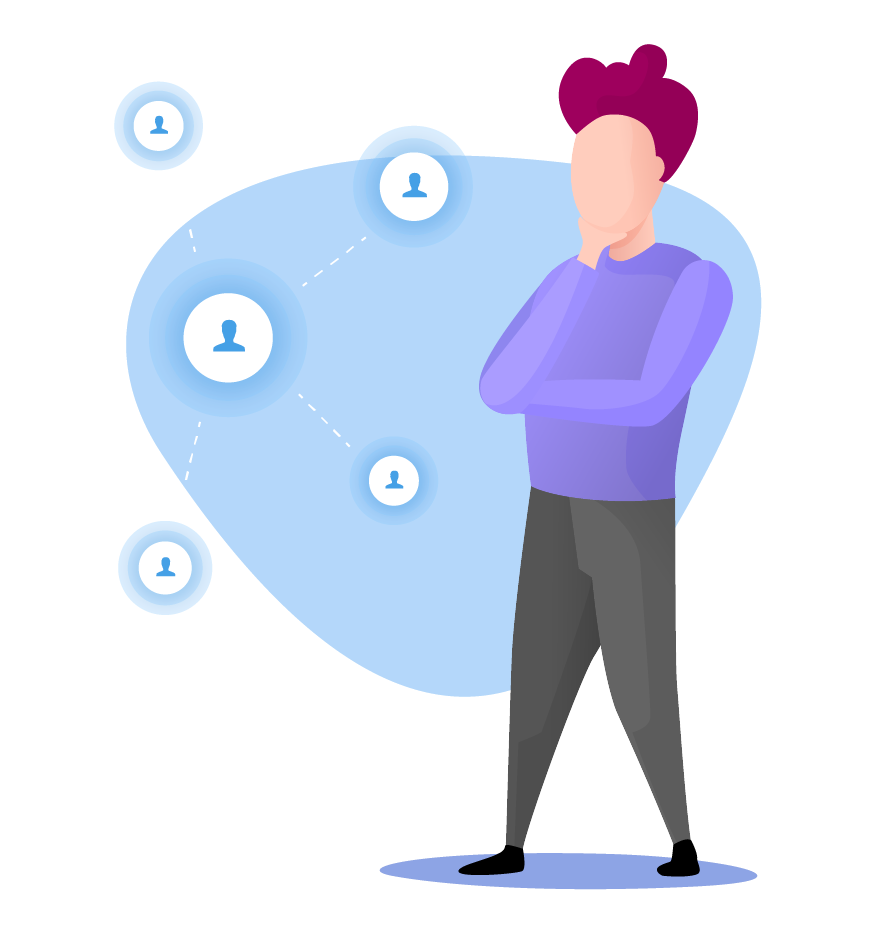
We know, we know – this is a fairly obvious point; it isn’t rocket science.
That said, it’s still worth diving into, because plenty of sales reps underestimate the time and effort they need to put into cold calling and follow-ups.
Just to give you an idea of how tough the landscape is, though, here are some statistics:
It takes an average of 18 calls to actually connect with a buyer.
60% of customers say “no” four times before saying “yes”, but 92% of salespeople give up after not experiencing success after their fourth call.
Pretty intense, huh?
So, how many times should you call your prospects and follow up with them, before giving up?
Unfortunately, there’s no magical number that we can offer you…
That said, we recommend that you simply keep calling and following up till you get a clear “yes” or “no” from your prospect.
Steli Efti, CEO of Close.io, advocates the same approach of following up as many times as is necessary.
Here’s what Steli does, in his own words:
If they tell me they are busy and they don’t have time right now, I will respond and ask them when they feel like it would be a good time for me to ping them. The key here is to keep following up. If someone tells me they are not interested—I leave them alone.
But here is the kicker—if they don’t respond at all, I will keep pinging them until they do. And trust me, they always do. :)
Steli says he’s used this tactic with great results, and his blog readers have also written in to tell him how following up persistently has worked wonders for them:
So don’t give up, and keep following up.*
** Within reason, of course. If you’ve emailed and called 15 times, and your prospect still isn’t responding, then you should change tactic, and give them a deadline. We’ll get to this tip in a bit, so keep reading!
Tip #3
Always establish a next step
Now, we’ve just established how important it is to be persistent with your follow ups, and in this next point, we’ll address how you can make your follow ups less painful.
Here’s the trick: always establish a next step when you manage to make contact.
Why is that so important?
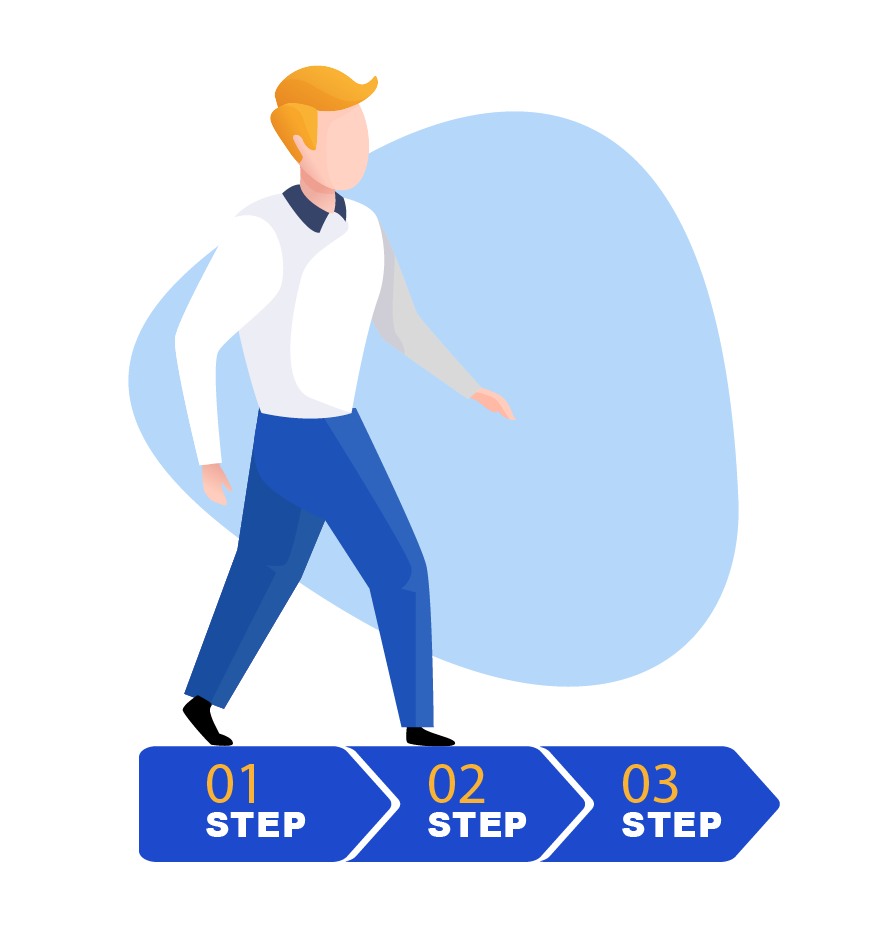
Well, the idea is to get your prospect to commit to an action, regardless of how small.
Once you do that, you can keep moving them down the funnel, and there’s a lower likelihood that you’ll get stuck.
Now, it’s important to keep in mind that the “next step” that you should establish should vary according to your prospect and context.
In other words: switch it up, based on the situation.
Say you’ve just had your very first phone call with a lead, who’s now a prospect.
If this prospect sounded keen on working with your company, AND they talked about how they’ll need to make a decision in the next two weeks, then there’s no time to lose.
Go ahead and push for a face-to-face meeting as your next step!
What if your prospect says that they’re just “looking around”, and they need to get their CFO’s approval to spend on a tool?
In that case, go for a softer approach, and simply ask for your prospect’s email address to send them some relevant case studies.
You don’t want to turn them off by coming on too strong!
Tip #4
Understand your prospect’s goals
Next on our list of tips on how to convert lead prospects into customers is… understand your prospect’s goals!
Now, don’t skip past this section just yet. We’re not talking about the standard company-related goals or KPIs.

While those are important to keep in mind, you should dig deeper, and uncover your prospect’s personal goals as well.
For instance, maybe your prospect is a 32 year old marketing manager who’s just had a kid. She wants to be able to spend her weekends with her family, and to do that, she needs to train her team to work independently.
Once you know this about your prospect, you’ll find it easy to sell to her.
You can tell her that your tool is built to empower marketing teams, and that it’s a great fit for managers who need to delegate more effectively.
What if you know that your prospect hates getting bogged down with details and numbers, and that they’re more of a “big picture” person?
In that case, you can emphasize the fact that your tool allows users to generate reports and charts with a single click of the button.
Here, you’ll sell your prospect on the fact that they’ll never have to labor their way through manually analyzing a campaign again!
Tip #5
Frame your pitch around pain points
Another great way to frame your pitch is to utilize your prospect’s pain points.

This means you’ll say something along the lines of:
ProductName can help you eliminate problem A, B and C, and you won’t be wasting X amount of time / money on XYZ anymore.
NOT:
ProductName can help you achieve A, B and C, and it will benefit you by doing XYZ.
Why is talking about pain points more effective than talking about potential benefits?
Well, humans are naturally loss averse, and the average person would find losing $10 a lot more painful than unexpectedly finding $10.
If you’re wondering how this works, it basically boils down to the fact that our brains produce larger reactions to potential losses as opposed to gains. (You can learn more about it in this Scientific American article).
The bottom line?
If you can get your prospect to feel like they’re missing out by NOT using your product, you basically converted them already.
So ,start talking about how your product addresses your prospect’s pain points, stat!
Tip #6
Explain “why”
Here’s something that sounds dumb, but actually works.
If you explicitly tell your prospect that they should take action because of XYZ reason, you’ll automatically boost your chances of converting customers...
It doesn’t even matter WHAT your reason is.

According to researchers, just using the term “because” triggers an “automatic programming” in people, and makes them more receptive to your suggestions.
Case in point:
Back in 1978, psychologist Ellen Langer famously conducted the Xerox experiment, in which she found that people are willing to do more for you, as long as you give them a reason.
More specifically, Ellen realized that people standing in line to use a photocopier were 34% more likely to let someone cut in front of them, even if their reason was “because I have to make some copies.”
Now that you know about this psychological trick, go ahead and use it on your prospects.
Tell them:
- They should schedule a demo as soon as possible BECAUSE slots run out quickly.
- They should reply to you when they get your email containing those testimonials, BECAUSE you can send more over if they’d like.
- They should sign up for your free trial, BECAUSE this will allow them to try your product hands-on.
You’ll see – your results will speak for themselves!
Tip #7
Use the power of storytelling
When it comes to making a sale, storytelling is insanely important.
And there’s a simple reason why.

You see, while we’d like to think of ourselves as logical and analytical, the fact remains that we are largely driven by our emotions.
In fact, 95% of cognition happens outside of our conscious brain and inside our subconscious, emotional brain.
So, bringing this back to B2B selling:
When you utilize storytelling techniques, you’re essentially tapping into your prospect’s thalamus (aka their “emotional brain” – yes, that’s a thing).
And this allows you to sell to your prospect more effectively.
Next question: how do you capitalize on the power of storytelling when you’re talking or pitching to your prospects?
Simple – tell them stories about how your product changed your other customers’ lives.
For example, you wouldn’t just say:
“ProductName comes with Feature XYZ, which helps users save 40% of your time spent on data entry on average.”
Instead, you’d say:
“You wouldn’t believe how many of my customers have personally called me up to tell me how Feature XYZ has changed their life.
There’s this guy who runs a marketing software company, for example. He bootstrapped his company from scratch, and managed to turn it into a huge success, but he was burning himself out working 12 hours a day. You should’ve seen the amount of coffee this guy consumed!
Anyway, he told me he used to do data entry till 2am in the morning, and that there were plenty of occasions in which he literally fell asleep in front of his laptop, poor guy. Feature XYZ was a godsend to him – it cut back his administrative time by 40%, and he could grow his company a lot more quickly now that he had more time to spend on fine-tuning his marketing strategies.”
If you’re like most folks, you’ll probably find the second pitch more compelling. That’s the power of storytelling!
Tip #8
Switch up your methods
There’s no one size fits all approach when it comes to nurturing your prospects, and the sooner you realize this, the more effective you’ll be at B2B selling.
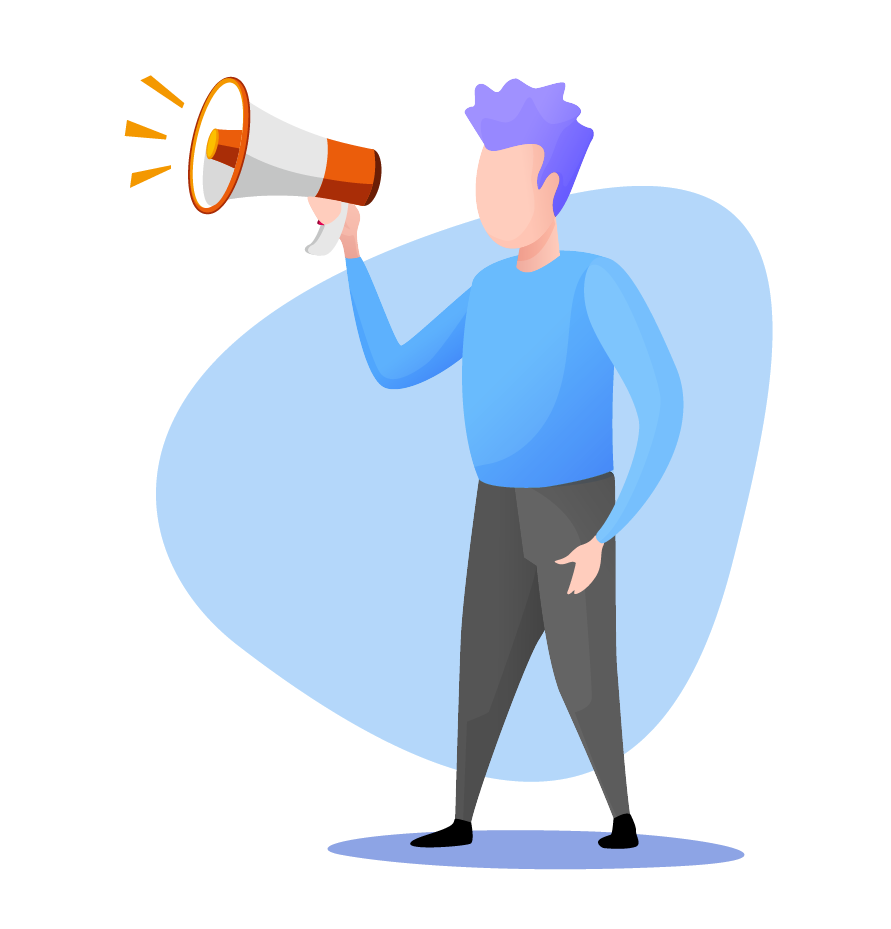
This means that you have to read your prospect, and give them as much or as little space as they want.
Say your company produces a keyword research tool, for instance.
If Prospect A needs a lot of hand-holding, and they’re constantly picking your brain on questions such as: How has the latest Google algorithm affected keyword picking strategies? How should you choose your keywords now that voice search is a thing?
…then go ahead and indulge them. Email them, call them, chat with them, text them, invite them to your webinars, check in with them, send them useful resources, etc.
At the same time, you might also be talking to Prospect B, who prefers to research independently, because they don’t want to get swayed by someone who has a vested interest in their purchase decision (aka: you).
How do you nurture Prospect B?
Well, give them space. We’d just point them to a self-serve resource base, and remind them that we’re available via email/live chat whenever they’d like to talk.
Pretty simple, right? Different strokes for different folks!
Tip #9
Use humour
What if your prospects are ignoring your emails, and you can’t get them to respond?

The worst thing you can do is to send them the same email or message, again and again.
For example:
Email A: Just following up – could you let me know when would you like to talk about that product demo? Email B: Just following up – please let me know when is a good time for that product demo? Email C: Just following up – please get back to me about that product demo when you can.
Look, if it isn’t working, it isn’t working. Don’t keep doing the same thing over and over again, but expect different results!
So, how can you switch up your approach, and get your unresponsive prospects to bite?
Well, there are various strategies that you could use, but one that we find particularly effective is to incorporate some humor into your emails. This helps your messages stand out and can get an unresponsive prospect to take notice and rethink your offer.
For instance, this “baby ducks” email is absolute gold:
We also like this email which references the classic sitcom, Friends:
And this tongue-in-cheek email which references Adele:
We previously discussed how humans are, at their core, emotional and not logical creatures – so if you can get your prospects to chuckle at your email, chances are, they’ll take a few seconds out of their work day to finally write you back.
Tip #10
Use a countdown timer
Now, we know what you’re thinking…
Aren’t countdown timers used more in eCommerce?

You’re absolutely right – plenty of eCommerce stores use these timers to drive urgency and conversions:
That said, B2B businesses can ALSO utilize countdown timers to get their prospects to take action. Here’s an example from Neil Patel:
You don’t want to go overboard with this tactic, though as that can come across too aggressive and salesy.
We’d say use it just once in your entire funnel, and make sure you use it with a really attractive offer.
Tip #11
Send your prospect a breakup email
Here’s the thing: as a marketer or sales rep, you’re always going to be at a slight disadvantage to your prospect.
At the end of the day, your prospect has the power. The ball’s in their court.

That said, you shouldn’t bend over backwards to try and please them, or communicate in a way that’s TOO deferential and submissive.
If you do this, chances are that your prospect will walk all over you, and you don’t want that to happen!
So, here’s our final tip on how to convert prospects into customers:
If all else fails, send them a breakup email, and tell them that you’ll stop trying to reach out if you don’t hear from them.
Here’s a great example from Pipedrive:
Remember, your goal here isn’t to shame your prospect, or to make them feel bad, or to give them a good scolding.
All you want to do is establish (politely, but firmly!) that you’ll no longer be in touch if they keep on ghosting you.
Learn More On The Topic
- Ultimate Guide to B2B Email Marketing
- 3 Sales Strategies to Double Down On in 2021
- What You Need to Know About Sales Specialization
- 10 Effective Hacks that Will Skyrocket Your B2B Sales
- How to Create the Ideal Customer Profile
- Lead Nurturing: The Definitive Guide (2021)
- The Guide to Creating A Killer Ideal Customer Profile
A final word on turning prospects into customers
And there you have it – our 11 best tips on how to convert prospects into customers!
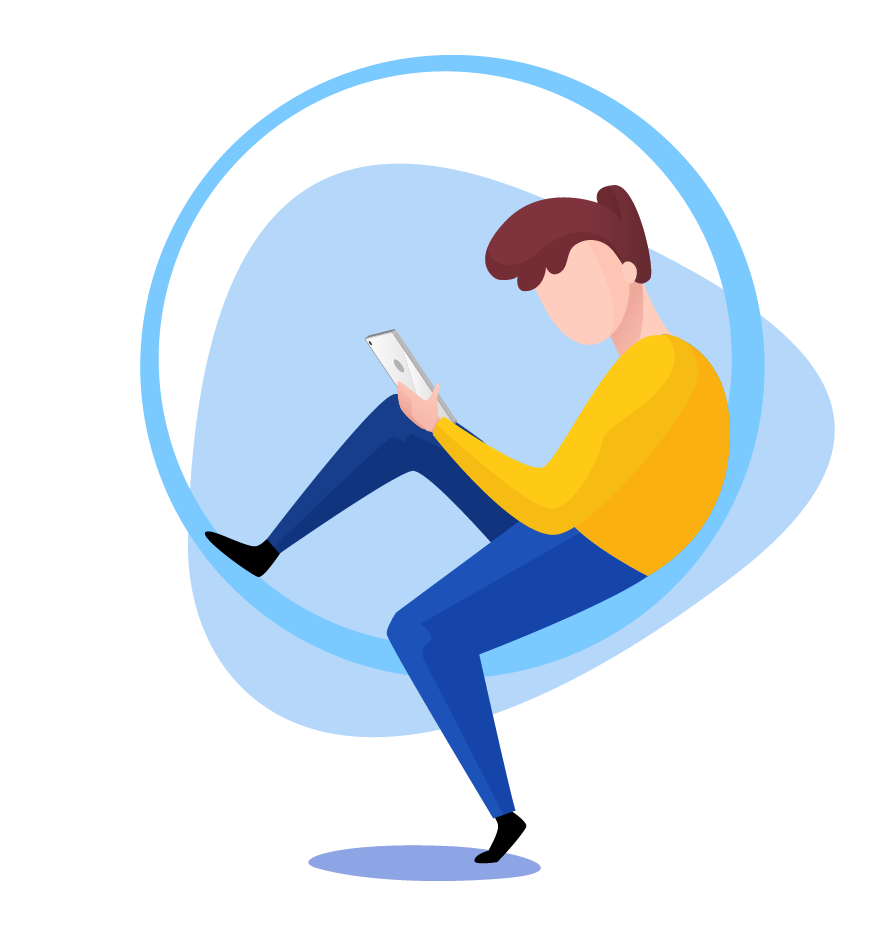
If you haven’t already noticed, there’s a common thread in all of these tips…
And that is: get to know each prospect individually, and tailor your pitch and approach specifically to them.
If you’re able to do that, your prospect will feel understood and supported, and that tips the scales in your favor.
So stop reading from your sales script, and start having real, relevant conversations with your prospects.
You’ll find your conversion rate skyrocketing in no time!






